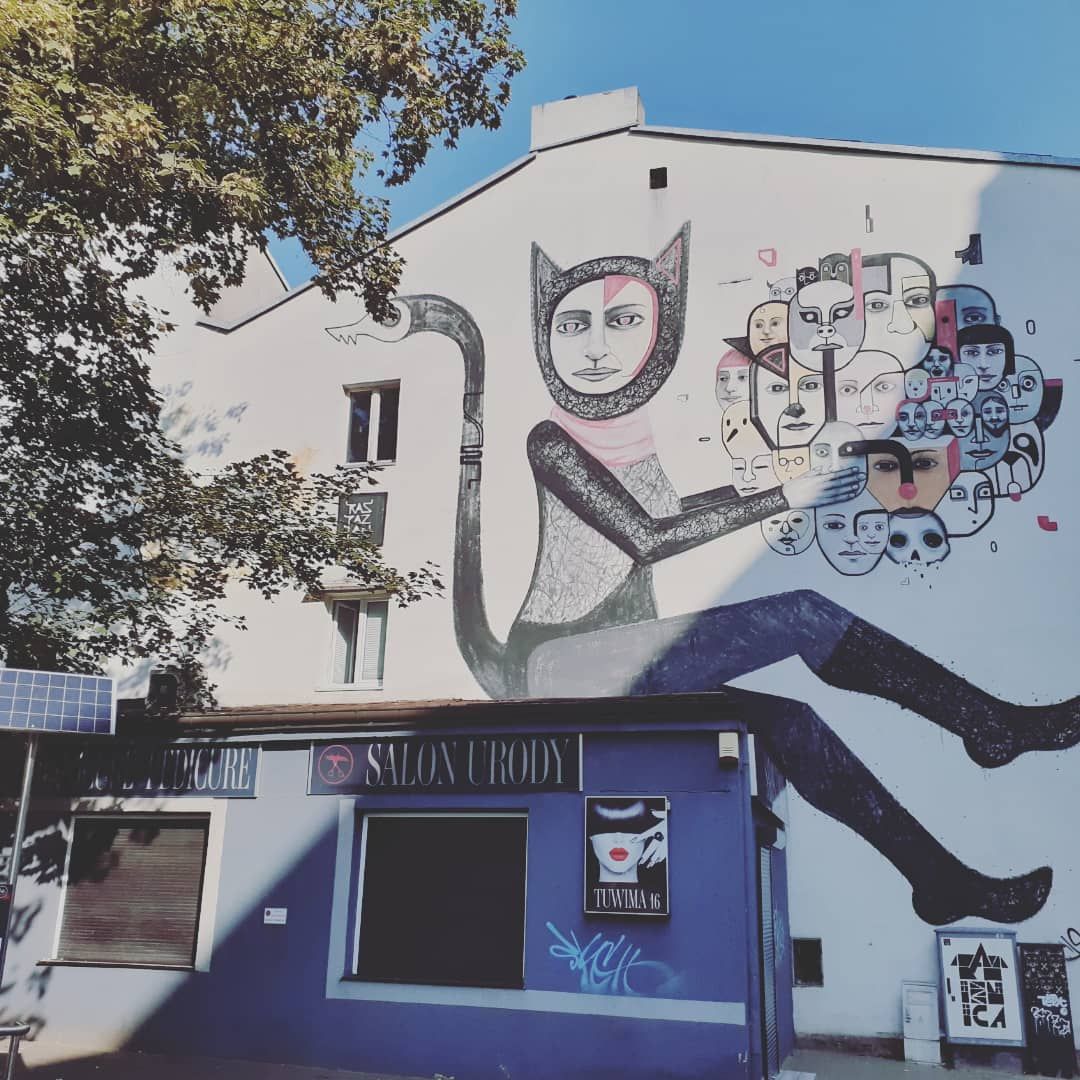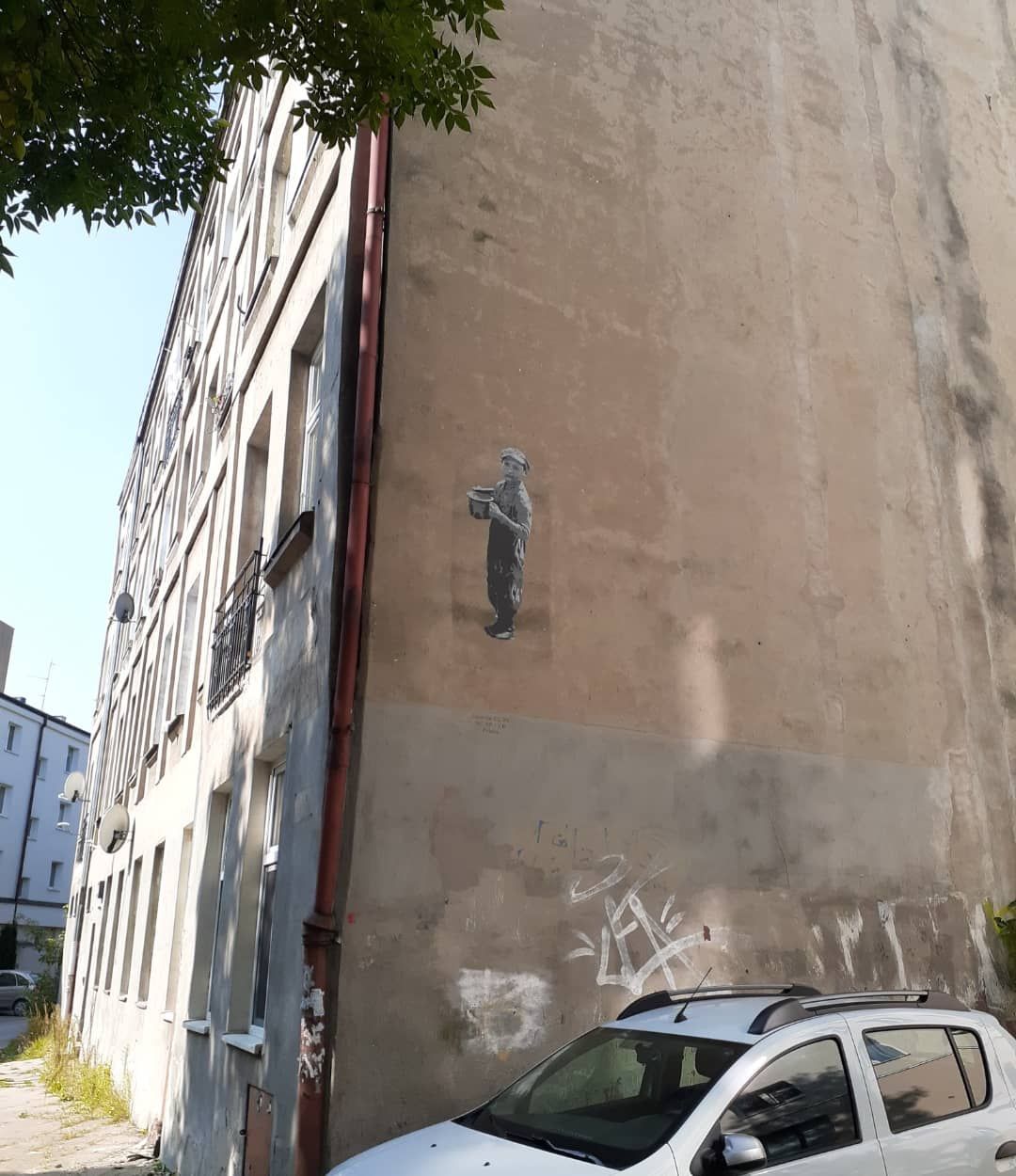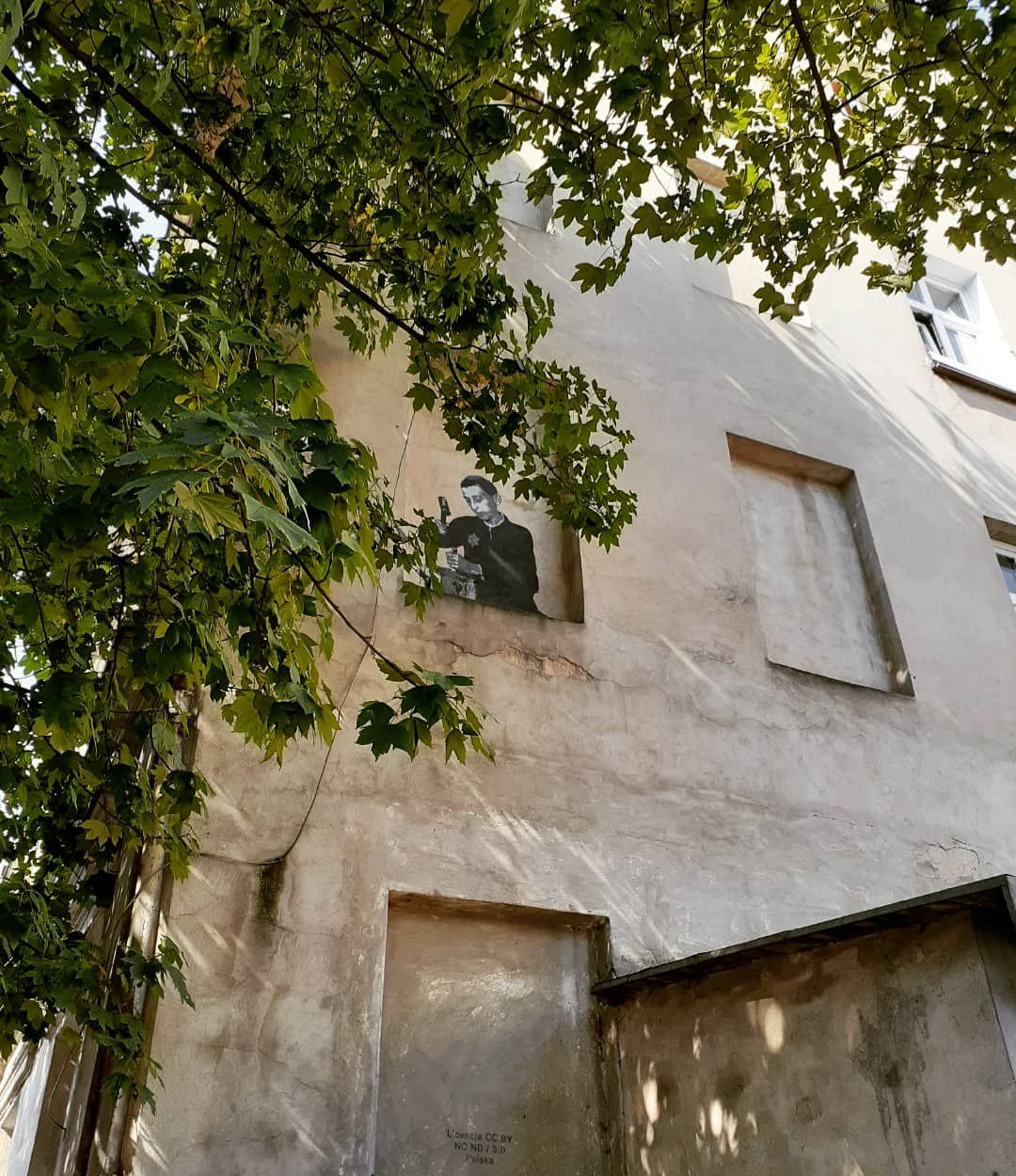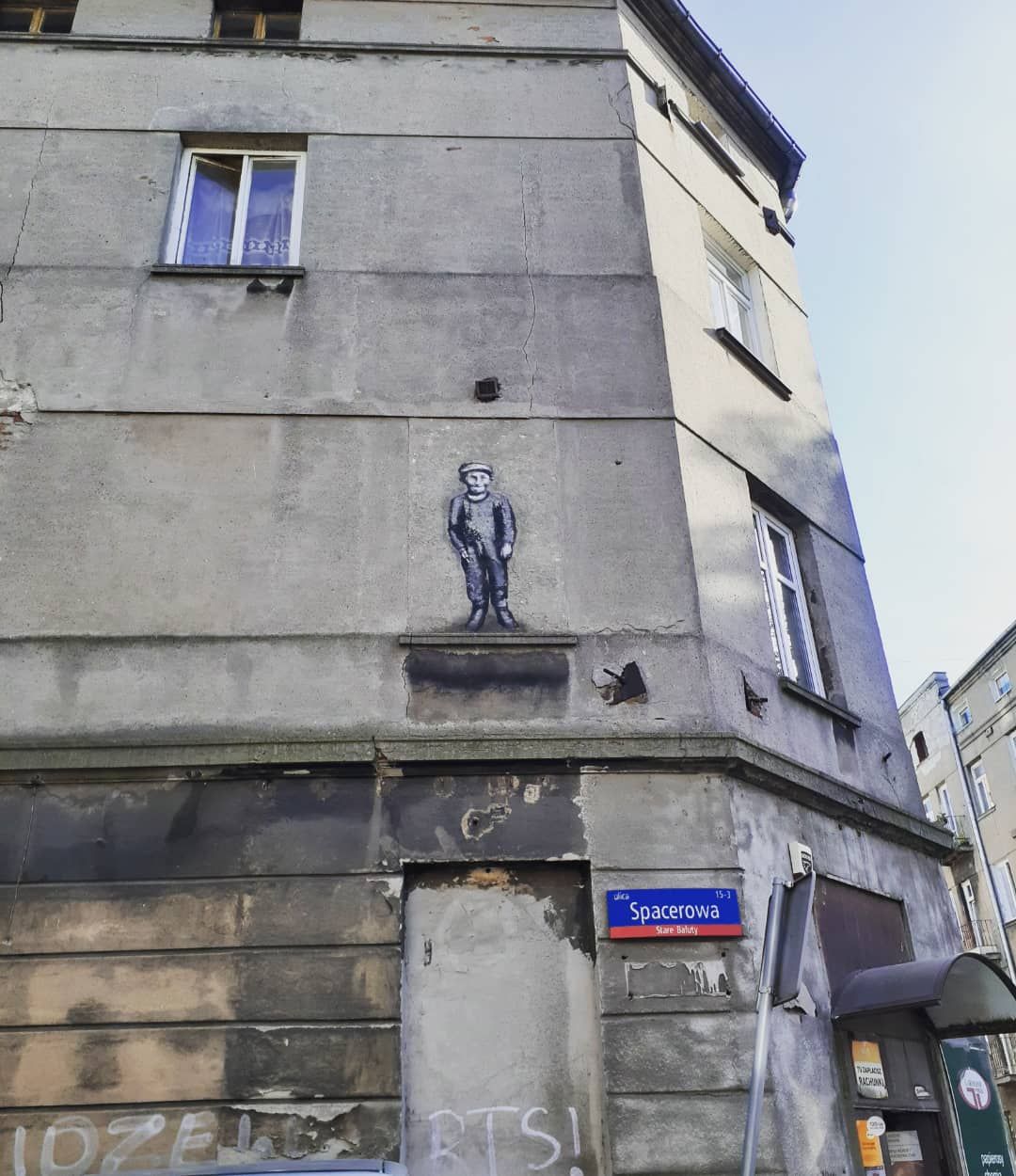Łódź, Poland: The children of Bałuty

Lodz (Łódź) (the Polish pronunciation is closer to "Worth"), the third largest city in Poland, seems to be far less attractive to foreign tourists than other big cities, such as Warsaw, Krakow, Gdansk and so on. In fact, during World War II, Nazi Germany established the second largest Jewish ghetto here (after Warsaw). Therefore, for travelers interested in history, Rhodes is a must-see location. On the other hand, for those who like urban graffiti or murals (mural), Rhodes is also very famous; a large number of art works make this post-industrial city dazzling.
One of the intersections of these two characteristics is The children of Bałuty. At first, I caught a few pictures of Rhodes' murals on the Internet, and I was amazed, so I started to focus on searching for information about the murals with Rhodes. Among the many splendid pictures, the low-key Bavoti's child came into view in this way.

Bavoti's children's murals are scattered in many different corners, but they are all located in the Bavoti district, which used to be the ghetto. These works are based on real historical images , recreating the youthful appearance of living in the quarantine zone. Since the number is not small, a special app (named Children of Bałuty) has been developed to help those who are interested to follow these teenagers and children.
Since I am someone who likes to roam the city on foot only (if the situation allows), I have no way of visiting every single mural. Luckily, there are a couple of kids I'm more interested in, located in a nearby neighborhood, Dawid Sierakowiak pictured below is one of them. The first related picture I came across on the Internet was Dawid Sierakowiak. Like Anne Frank, he also recorded life in his diary, and the texts that escaped the war became an important source for people to piece together the life of the Jewish ghetto in the future. So far, the real appearance of Dawid Sierakowiak has not been determined, only one of the pictures below is known, so both of them are reproduced on this wall (Source: the mobile app of Children of Bałuty).

These locations do not necessarily represent that they once lived at this address, but sometimes there is some cold knowledge implied here. Take the apartment below, for example, where some Jews from Frankfurt and Prague used to live (source: the mobile app of Children of Bałuty). According to the commemorative plaque under the apartment number today, it was once a Jewish community expelled from Vienna.

According to the mobile app of Children of Bałuty, the boy pictured below arrived in the Lodz ghetto in October 1941. The location of the mural was once inhabited by Jews from Frankfurt.

Some information is hidden in the selected image itself. The little boy pictured below refers to hundreds of children between the ages of 10 and 17 who had been assigned to work at the resort in 1941. And they became the ghetto authorities used to convince the German government how the Lodz ghetto played an important role in Germany's wartime economy (source: the mobile app of Children of Bałuty).

Children under the age of 10 (pictured below) and the elderly over the age of 65 will be transferred to extermination camps because they are considered to be insufficiently productive. From September 5 to 12, 1942, 15,000-16,000 people, mainly these two groups, were sent to the extermination camp in Chełmno, and since then, the Lodz ghetto has become a pure labor camp . And this historical event is also one of the main commemorative objects of Bavoti's children's murals.

Bavoti's children don't just commemorate the children and youth who suffered in World War II. In fact, its significance also lies in deepening local identity, thereby promoting the development of civil society. On the other hand, it can also be seen as part of Lodz's transformation into a post-industrial city .
The reason why Bavoti's children impressed me is that although their figures are "replicas", when they are reproduced in the urban living space of Rhodes, the historical field of Rhodes itself is to some extent A kind of "ceremonial space" is formed on the building, which enables these children to gain a little "aura", and then have a connection and dialogue with passing citizens and travelers. From this point of view, the deepening and identification of Rhodes civil society seems really possible.
Rhodes is an underrated city, and Bavoti's children deserve more people to visit and get to know.
Like my work? Don't forget to support and clap, let me know that you are with me on the road of creation. Keep this enthusiasm together!



- Author
- More